On increasing the resistance in a circuit, the current in it:
decreases
increases
remains unchanged
nothing can be said
The correct Answer is:A
To solve the question "On increasing the resistance in a circuit, the current in it:", we can follow these steps:
1. Understand Ohm's Law:
- Ohm's Law states that V=I×R, where V is the voltage (potential difference), I is the current, and R is the resistance.
2. Identify the Relationship:
- From Ohm's Law, we can rearrange the formula to express current in terms of voltage and resistance:
I=VR
- This shows that current I is inversely proportional to resistance R when the voltage V is constant.
3. Consider the Effect of Increasing Resistance:
- If we increase the resistance R while keeping the voltage V constant, the current I will change according to the formula:
I=VR
- As R increases, the denominator of the fraction increases, which means that I must decrease.
4. Conclusion:
- Therefore, when the resistance in a circuit is increased, the current in the circuit decreases.
Final Answer:
- The correct option is: Option 1: Decreases.
- Ohm's Law states that V=I×R, where V is the voltage (potential difference), I is the current, and R is the resistance.
- From Ohm's Law, we can rearrange the formula to express current in terms of voltage and resistance:
I=VR
- This shows that current I is inversely proportional to resistance R when the voltage V is constant.
- If we increase the resistance R while keeping the voltage V constant, the current I will change according to the formula:
I=VR
- As R increases, the denominator of the fraction increases, which means that I must decrease.
- Therefore, when the resistance in a circuit is increased, the current in the circuit decreases.
- The correct option is: Option 1: Decreases.
Topper's Solved these Questions
- CURRENT ELECTRICITYBOOK - ICSECHAPTER - CURRENT ELECTRICITYEXERCISE - Exercise-9(B) Numericals
4 Videos
- CURRENT ELECTRICITYBOOK - ICSECHAPTER - CURRENT ELECTRICITYEXERCISE - Exercise-9(C )
7 Videos
- CURRENT ELECTRICITYBOOK - ICSECHAPTER - CURRENT ELECTRICITYEXERCISE - Exercise-9(B)
17 Videos
- ELECTRICITY AND MAGNETISM BOOK - ICSECHAPTER - ELECTRICITY AND MAGNETISM EXERCISE - TOPIC 2 Magnetism (4 Marks Questions )
6 Videos
Similar Questions
A piece of semiconductors is connected in sereis in an electric circuit. On increasing the temperautre, the current in the circuit will
View SolutionIn the given circuit, calculate -
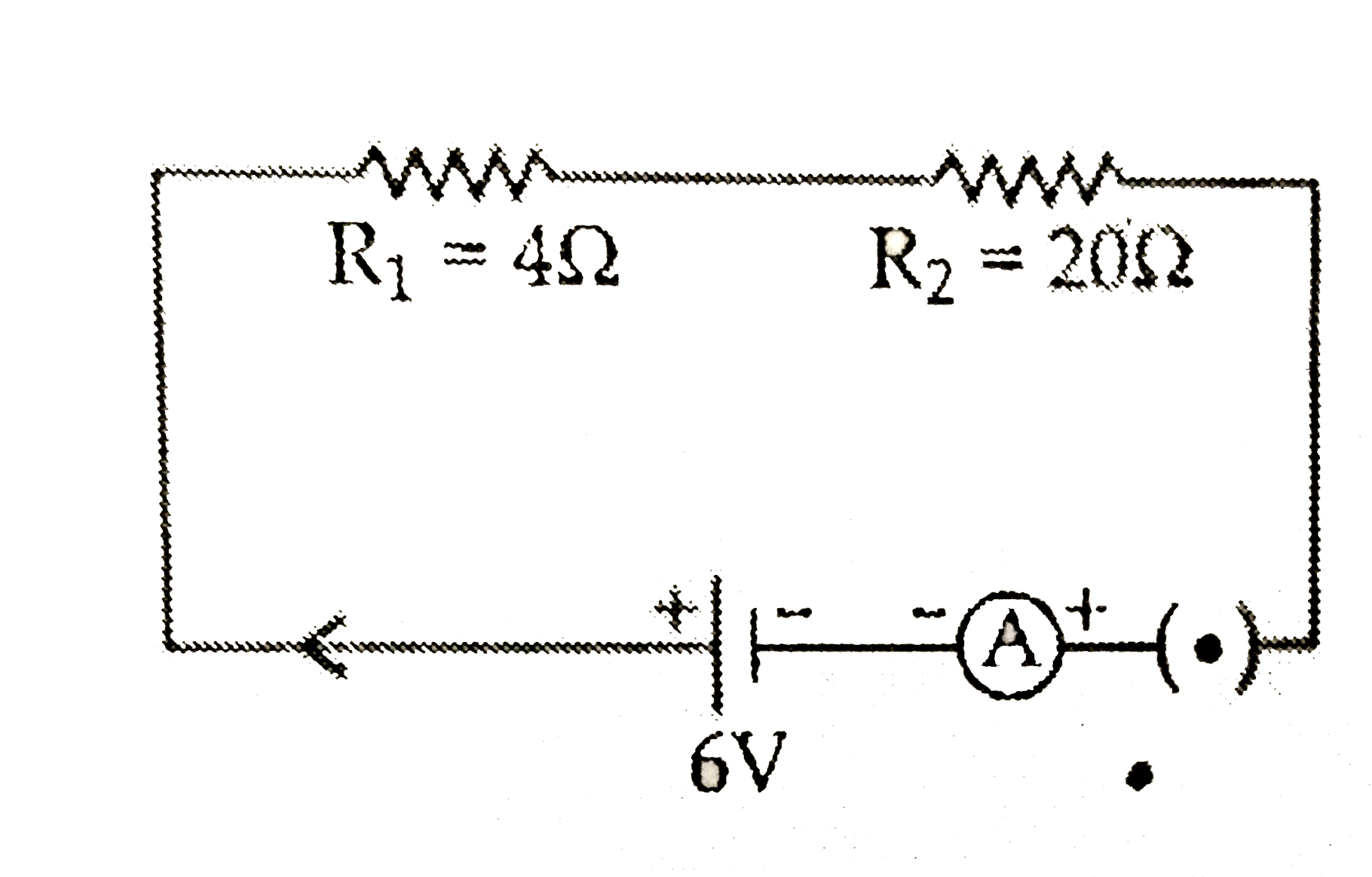
(a) the total resistance of the circuit,
(b) the current through the circuit, and
(c) the potential differences across R1andR2
View SolutionAn electric lamp of resistance 2Ω and a conductor of resistance 4Ωare connected to a
6V Battery as shown in the circuit. Calculate:
(a) the totak resistance of the circuit,
(b) the current through the circuit,
(c) the potential difference across the (i) electric lamp
and (ii) conductor, and
(d) power of the lamp.

View SolutionIn the circuit shown in the figure, find the total resistance of the circuit and current in CD arm.

View SolutionFind the current through the resistance in the circuits shown in figure
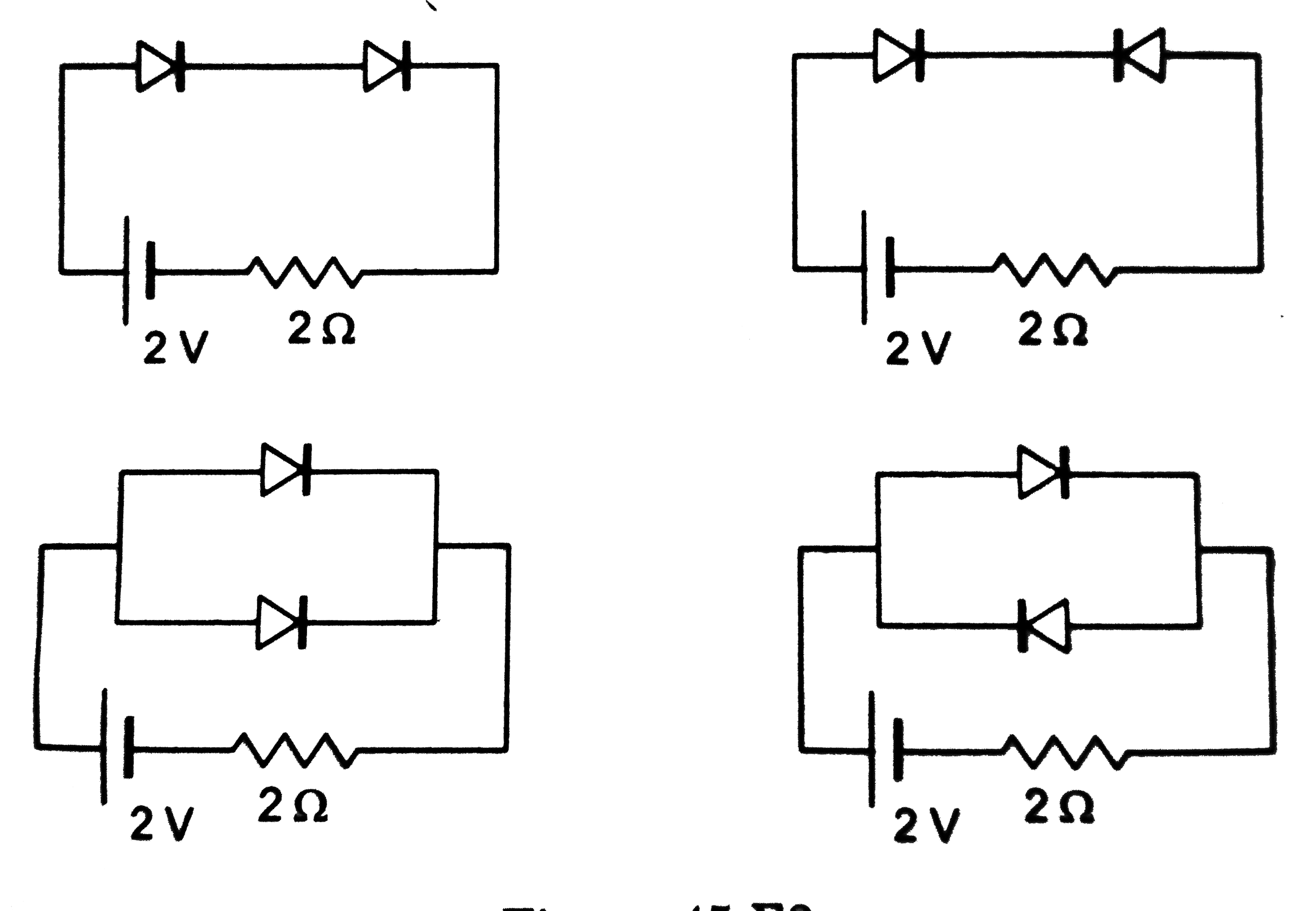
View SolutionIn the below circuit, the current in each resistance is:
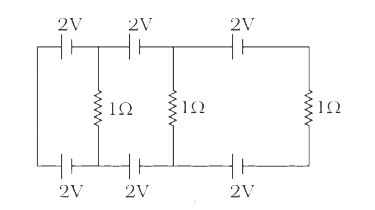
View SolutionAn alternating emf 200 volts at 50Hz is connected to a circuit resistance 1ohm and inductance 0.01H. What is the phase difference between the current and the emf in the circuit? Also, find the current in the circuit.
View SolutionConsider the circuit shown in the fig. sliding contact is being pulled towards right so that the resistance in the circuit is increasing. Its valve at the instant shown in 12Ω. Will the current be more then 0.50 A or less than it at this instant?
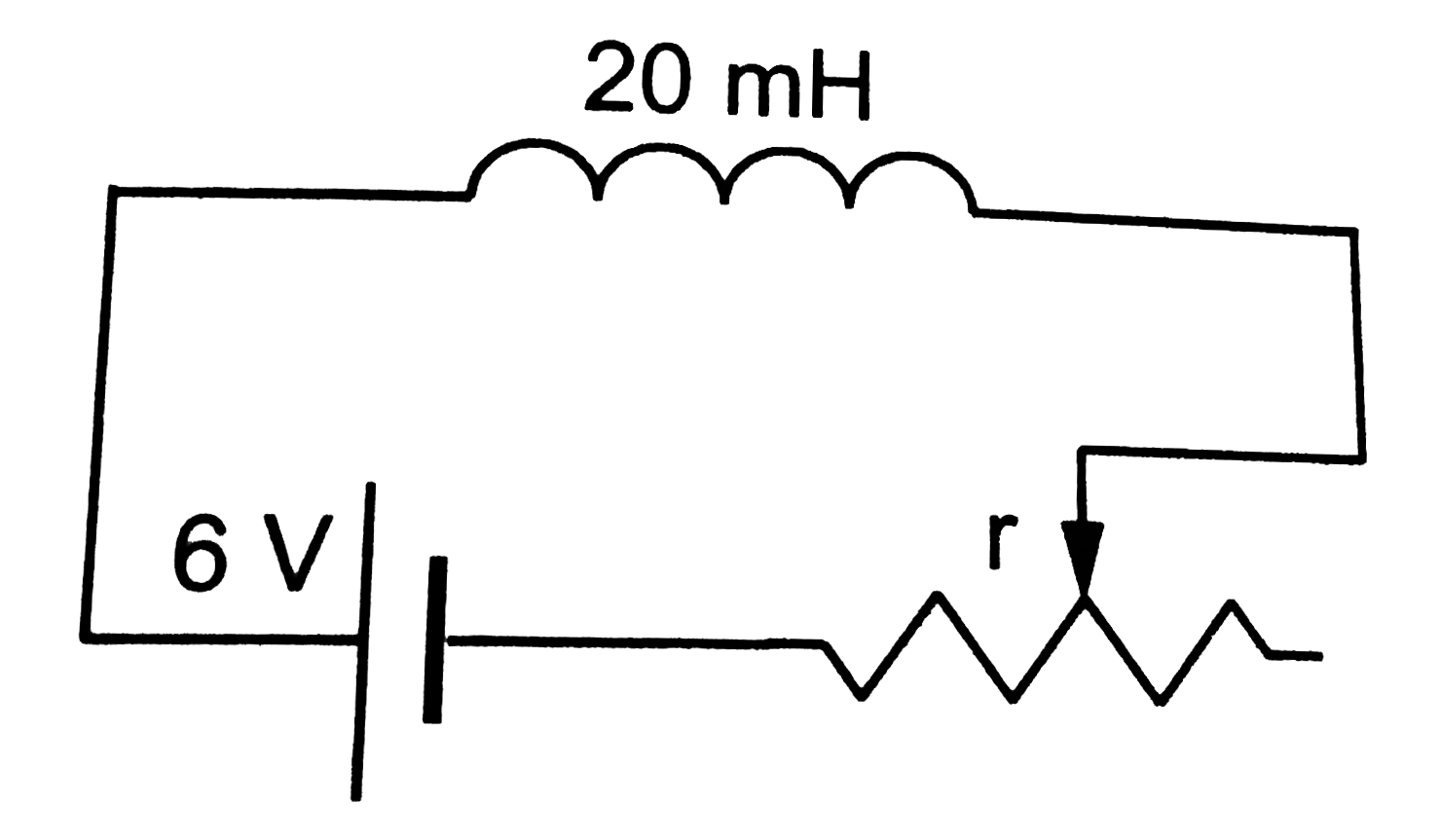
View SolutionIn series, potential difference distributes in direct ratio of resistance and in parallel current is distributed in inverse ratio of resistance
In the circuit shown in figure

View SolutionIn the following circuit the current in each resistance is
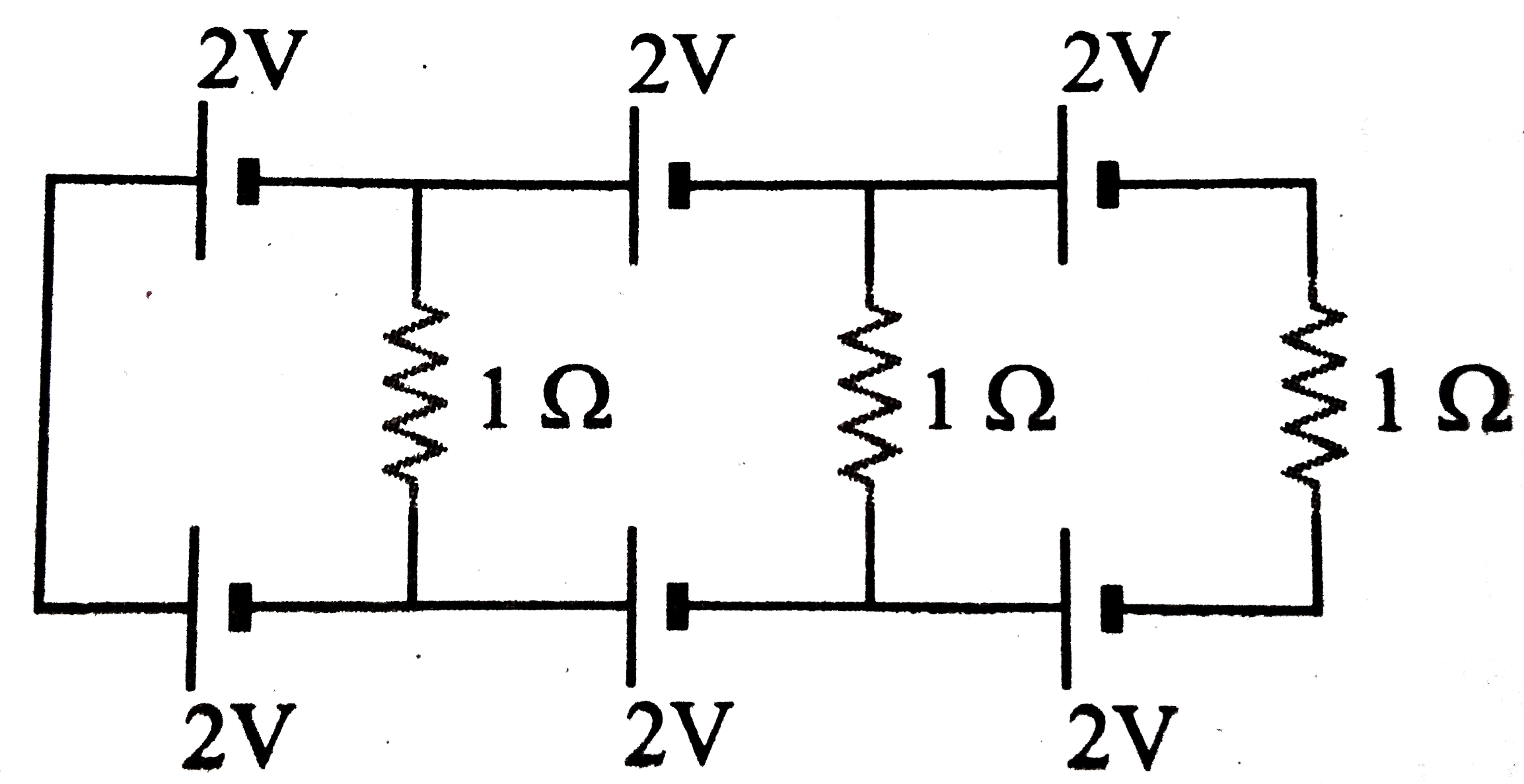
View Solution
